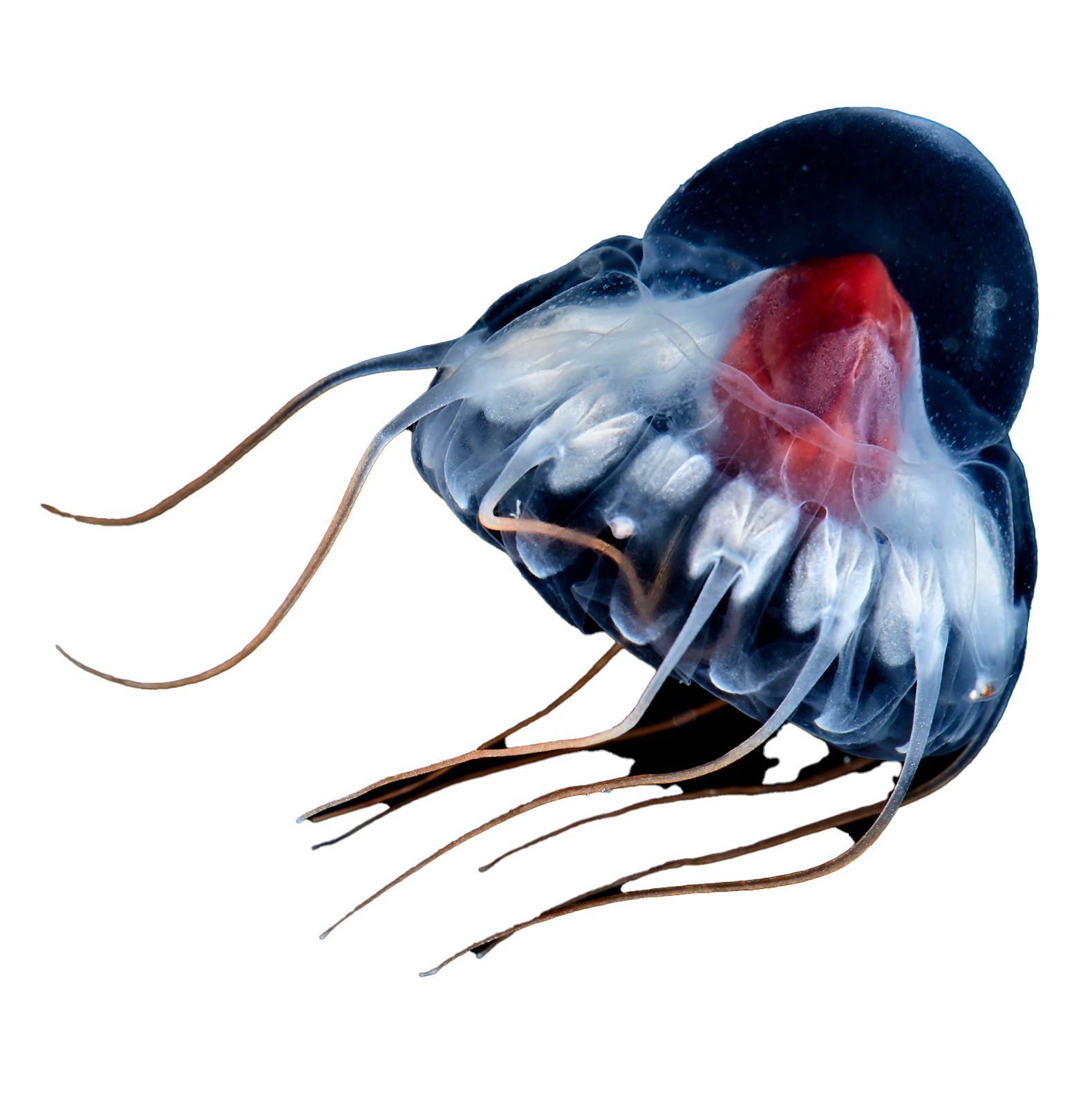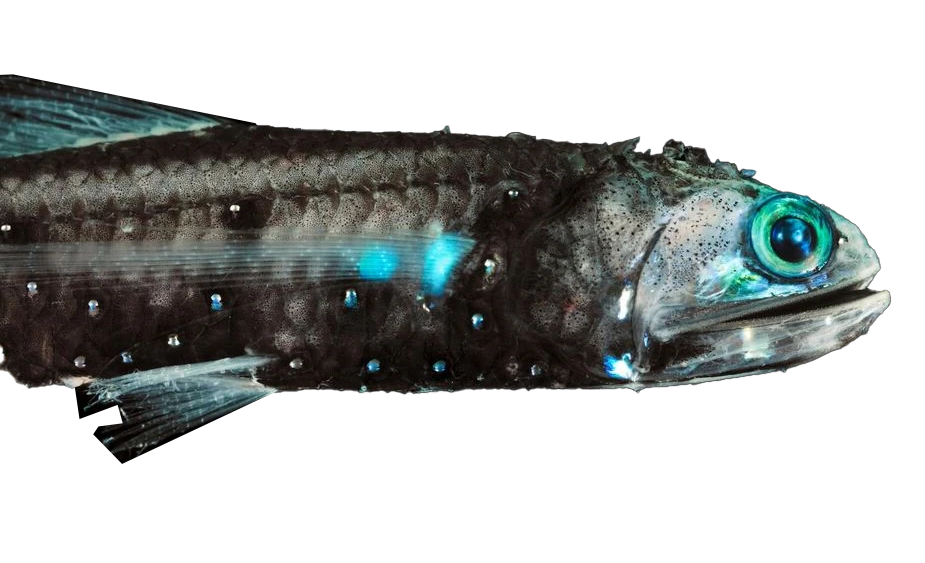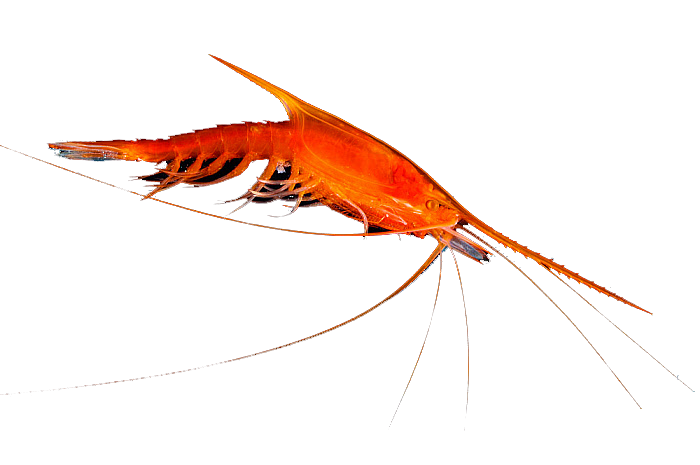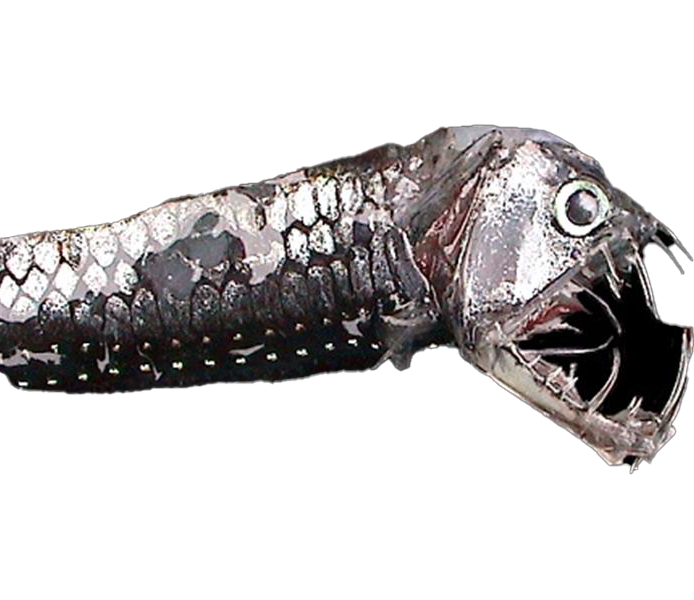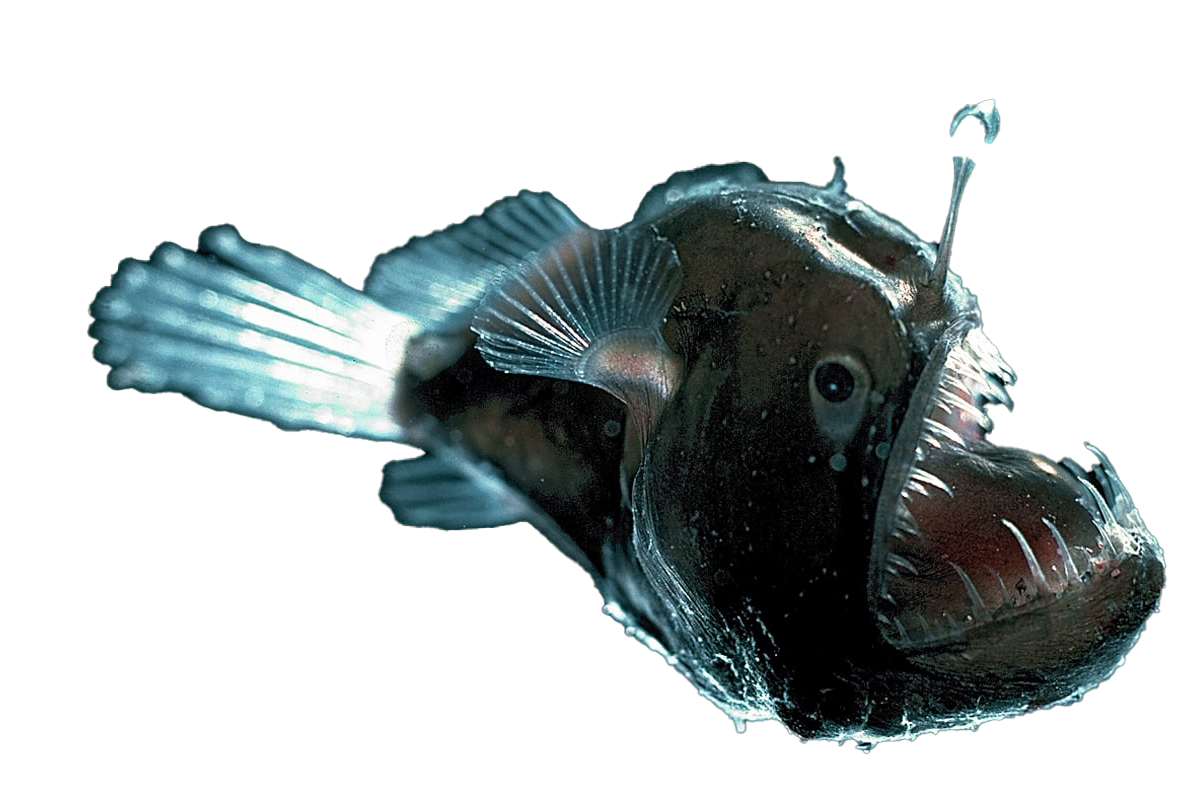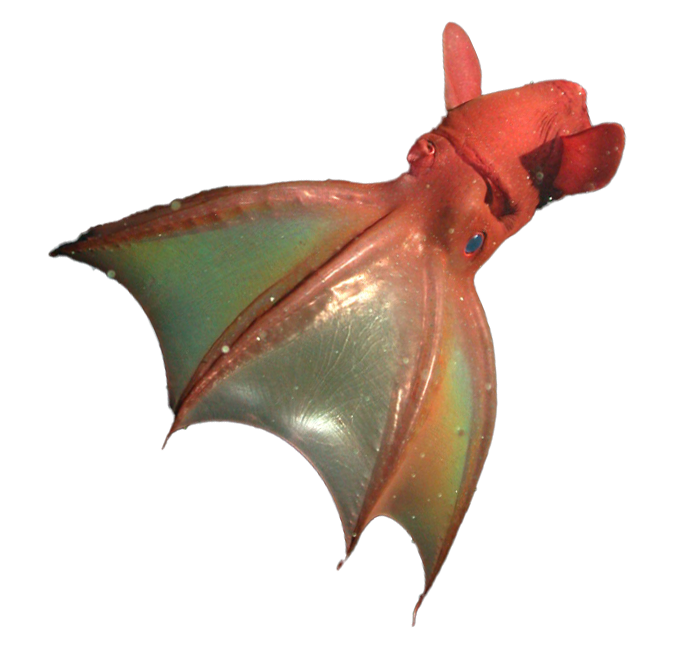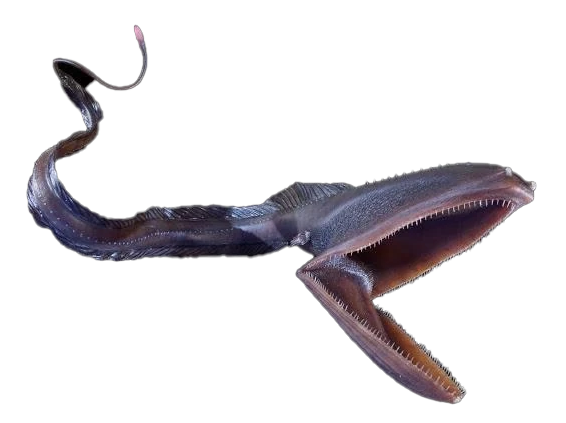COMMON
CHARACTERISTICS
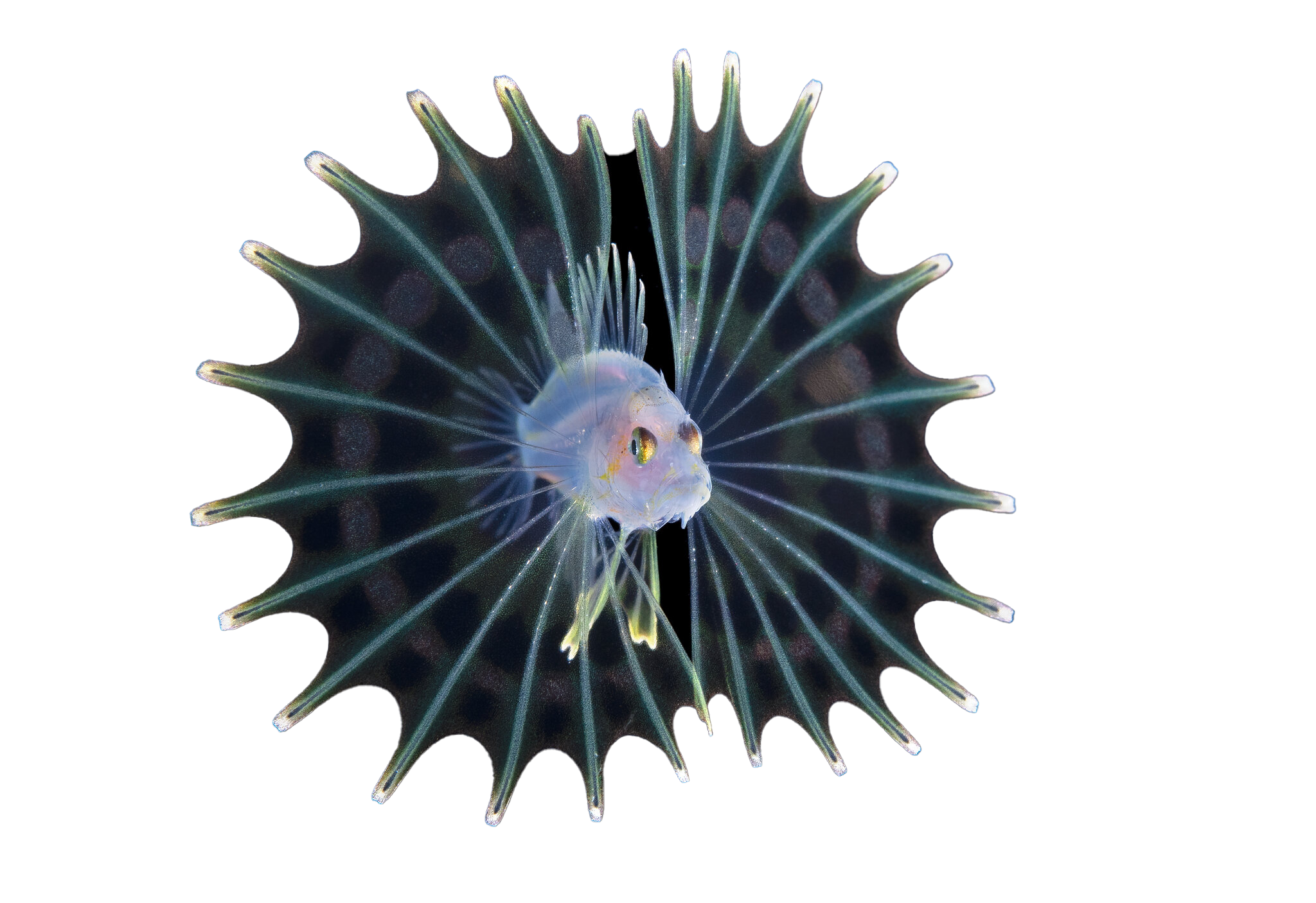
SIGHT
Many of these organisms
are blind and rely on their other
senses, such as sensitivities to
changes in local pressure and smell,
to catch their food and avoid being
caught. Those that aren't blind
can use bioluminescent light.
BIO
LUMINESCENSE
Bioluminescent organisms
are capable of producing light
biologically through the agitation
of molecules of luciferin, which
then produce light. This process
must be done in the presence
of oxygen.
FOOD
Also, animals in the pelagic
environment are sparse and food
doesn't come along frequently.
Because of this, organisms need
adaptations that allow them to
survive. Some have long feelers
to help them locate prey or
attract mates in the black
of the deep ocean.
PRESSURE
Their bodies are elongated
with weak, watery muscles and
skeletal structures. Since so much
of the fish is water, they are not
compressed by the great pressures
at these depths. They are slimy,
without scales.
